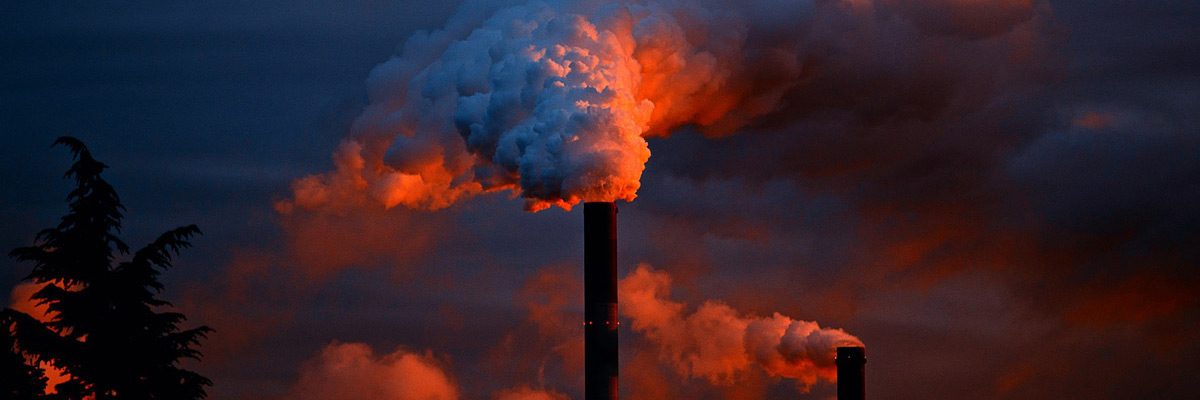Ah the liars strike back. SO TAKE THAT you you you environmentalists you.
http://scienceblogs.com/deltoid/2008/12/denialists_scraping_the_bottom.php#more
Denialists scraping the bottom of the barrel
Category: Global Warming
Posted on: December 28, 2008 10:22 AM, by Tim Lambert
You have to think that global warming denialist Matt Drudge must be getting desperate when he touts a column by Christopher “White asbestos is harmless” Booker arguing that winter has disproved man-made global warming:
First, all over the world, temperatures have been dropping in a way wholly unpredicted by all those computer models which have been used as the main drivers of the scare. Last winter, as temperatures plummeted, many parts of the world had snowfalls on a scale not seen for decades. This winter, with the whole of Canada and half the US under snow, looks likely to be even worse. After several years flatlining, global temperatures have dropped sharply enough to cancel out much of their net rise in the 20th century.
But this time of the year you normally have the whole of Canada and half the US under snow. Look at the graph below from the Rutgers Global Snow Lab. If you move your mouse over it, it will show current snow cover. Not much different, is it?
Despite a strong La Nina this year, 2008 was nowhere near as cold as the years at the start of the 20th century.
So what’s the second part of Booker’s disproof of AGW?
Secondly, 2008 was the year when any pretence that there was a “scientific consensus” in favour of man-made global warming collapsed. At long last, as in the Manhattan Declaration last March, hundreds of proper scientists, including many of the world’s most eminent climate experts, have been rallying to pour scorn on that “consensus” which was only a politically engineered artefact, based on ever more blatantly manipulated data and computer models programmed to produce no more than convenient fictions.
OK, lets look at the list of “climate experts” who signed the Manhattan declaration. I don’t see many eminent climate scientists there. Of the 619 authors of the IPCC AR4 WG1, precisely zero signed the Manhattan declaration. There are a couple of eminent climate scientists there: Reid Bryson and Bill Gray, but the vast majority are not climate scientists at all, and the list includes entries like this:
John McLean, Climate Data Analyst, Post-graduate Diploma of Computer Studies, B. Arch., Climate Data Analyst, Computer scientist, Melbourne, Australia
Even if you repeat it, “Climate Data Analyst” is just a title he made up. Study the graphs above of climatic data. Congratulations! You’re analyzing climate data, so you can call yourself a Climate Data Analyst as well.
:}
But Booker is a serious author right? Here is one of his little triumphs:
I must end this year by again paying tribute to my readers for the wonderful generosity with which they came to the aid of two causes. First their donations made it possible for the latest “metric martyr”, the east London market trader Janet Devers, to fight Hackney council’s vindictive decision to prosecute her on 13 criminal charges, ranging from selling in pounds and ounces to selling produce “by the bowl” (to avoid using weights her customers dislike and don’t understand). The embarrassment caused by this historic battle has thrown the forced metrication policy of both our governments, in London and Brussels, into total disarray.
Since Hackney backed out of allowing four criminal charges against Janet to go before a jury next month, all that remains is for her to win her appeal in February against eight convictions which now look quite absurd (including those for selling veg by the bowl, as thousands of other London market traders do every day). The final goal, as Neil Herron of the Metric Martyrs Defence Fund insists, must then be a pardon for the late Steve Thoburn and the four other original “martyrs” who were found guilty in 2002 – after a legal battle also made possible by this column’s readers – of breaking laws so ridiculous that the EU Commission has even denied they existed (but which are still on the statute book).
:}
The EVIL METRIC people must be defeated….HAHAHAHAHAHA






